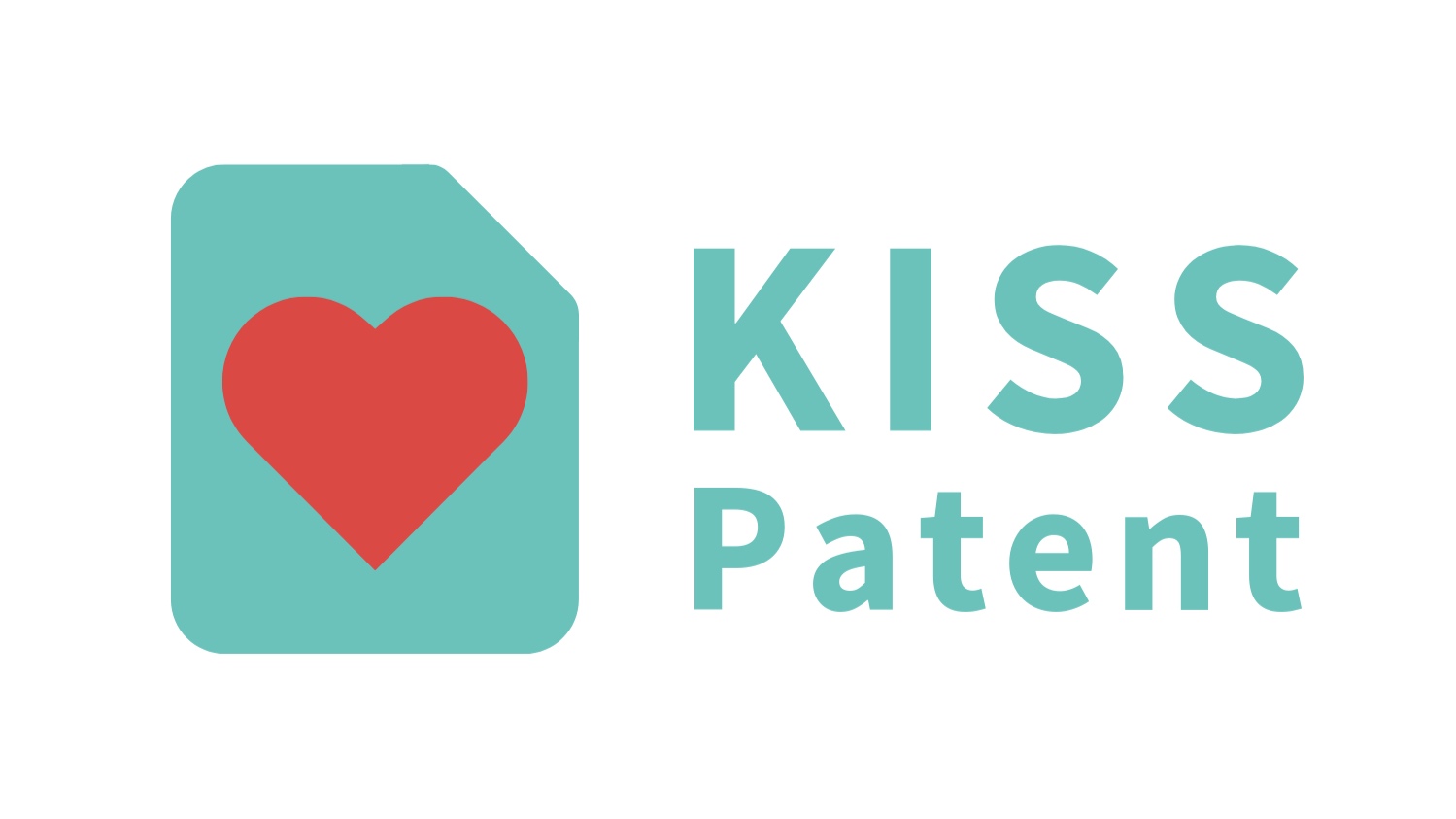Learning Hub | Resource Center | FAQ | About | Services | Partners | Contact
What do you need to get a patent? (part 1) Transcript
Speaker 1: (00:09)
Hello. I'm D'vorah Graeser, founder and CEO of KISSPatent with 20 years of experience in helping startups stand out from the crowd and raise the money that they need by using patents to increase their startup's valuation. In this quick video, we'll talk about what you need to get a patent and what you don't need. You need to start with a great innovative idea, an idea that follows a few rules. First, it needs to be in a patentable category like hardware or software. Remember books, videos, names, logos, etc., are not in a patentable category. Second, you need to have enough details about your idea so that someone else can understand it. If you can whiteboard it, you probably have enough details. Third, your idea needs to be fresh. If you published your idea more than one year ago, you can't get a patent for it in the US. In other countries, once you publish your idea, you can't get a patent at all. Fourth, you need to be the first to think of your idea. Great minds think alike, but if someone patented your idea first, you unfortunately can't protect it with a patent and they may even be able to block you. In other words, you snooze, you lose. So you can't get a patent for just anything. If your idea doesn't follow the rules, you can't get a patent for it, but on the plus side, you don't actually need to build your idea to get a patent. You don't even need a prototype. In fact, you can patent your idea without even having a proof of concept. The single exception to the no-prototype rule is if you want to patent a perpetual motion machine. In that case, the patent office wants to see a working prototype. Weird, I know. Actually, if you do come up with a perpetual motion machine that works, we'd like to see a working prototype too and know how you managed to violate the laws of physics. Once you know that your idea follows the patent rules, you then need to file a patent application which describes your ideas with texts and drawings. You need to file for a patent in each country where you want protection. So if you want patent protection in the US you have to file in the US. You file your patent application at the government patent office. In the US it's the US Patent and Trademark Office or USPTO. And then you wait for the examiner at the USPTO to check your patent application. This can take two to three years. If you pass, you get a patent. If you don't pass, you have a chance to fix your patent application so that you do get a patent. Want more information and answers to more frequently asked questions? At kisspatent.com we have guides and information to help you launch your patent. Click the link below for a special custom report on how you can keep someone from copying your ideas with a patent. That's it for now. If you have any questions, please leave your comments below or email us at info@kisspatent.com.
